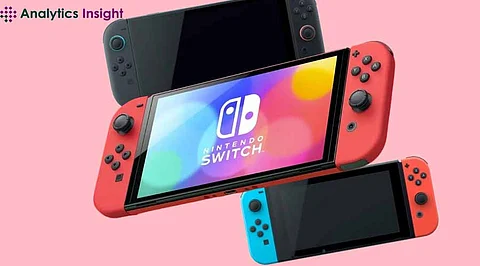

Graphics card pricing has divorced from reality: retailers charge thousands over MSRP while performance gains shrink. Find out how to get 90% of the performance for 60% of the cost.
Nintendo's Switch 2 price tag of US$450 has console gamers up in arms. PC enthusiasts can only shake their heads in resignation. Console players lament a mere US$50 increase while graphics card enthusiasts face a market where the RTX 5090 commands a staggering US$4,699 despite Nvidia's official US$1,999 MSRP. Talk about perspective.
This disconnect between suggested prices and retail reality isn't merely an annoyance. This is reshaping PC gaming's position in the broader entertainment ecosystem. Understanding the actual mechanics behind GPU pricing and performance has never been more crucial for avoiding costly missteps in this treacherous market.
Remember 2019? An era when a graphics card's suggested retail price meant something? Those days have vanished like morning mist. Despite cryptocurrency mining no longer fueling demand, retailers continue applying hefty premiums to new cards. The RTX 5070, officially priced at US$599, routinely sells for US$750-800 in stores.
The new confusing market reality: lower-tier cards from previous generations somehow remain at their original MSRPs. The Gigabyte's EAGLE RTX 4070 Ti is still available for purchase at its intended US$799 price point for the consumer without difficulty. Yet, finding a NVIDIA 5070 at its suggested price either requires luck with timing or some inside connections.
Raw benchmark data tells a sobering story: performance gains have become increasingly disproportionate to price hikes. Yes, the flagship RTX 5090 demolishes its predecessor in 3DMark Time Spy (48,732 vs. 36,328). However, steps down to mainstream models and the improvements shrink dramatically while prices remain inflated.
The uncomfortable math: when last generation's card delivers 80-90% of the performance at 60-70% of the cost, the value equation becomes painfully obvious. This calculation proves especially relevant for the majority of gamers playing at 1440p resolution rather than 4K, precisely the scenario where generational improvements matter least.
Graphics cards are no longer identified with gaming devices. Catering to ever growing demand, their roles have expanded into content creation, AI development, and professional applications. When a filmmaker needs 4K rendering power or an AI researcher requires training capacity. Price sensitivity falls dramatically as these become justifiable business expenses.
These different demand shifts have enabled manufacturers to segment their products aggressively. Previously, these pricing strategies were reserved for professional hardware and cards. The result? A competing market. Gaming-focused buyers are competing against professionals who have different value calculations, driving up prices across all segments.
A wise strategy is to consider alternatives that offer better value. Previous generation high-end cards frequently outperform current mid-range cards while costing less. A used RTX 4080 typically outperforms a new RTX 5070 while saving hundreds of dollars. Saving money to better spend on other system components or even games.
Pre-built systems represent another unexpected value proposition. The US$2,299 CyberPowerPC system featuring an RTX 4070 Ti SUPER and i9-14900KF delivers a complete high-performance gaming experience for roughly the same cost as a 5080 card and motherboard purchased separately, a value discrepancy that defies conventional PC building wisdom.
The graphics market is heading towards a permanent change rather than adopting a temporary disruption. Manufacturers' suggested prices are increasingly becoming irrelevant within a retailer-controlled pricing ecosystem.
For consumers, adaptation means recalibrating expectations and purchasing strategies. True value derives from understanding performance-per-dollar metrics rather than generational positioning, and sometimes, leapfrogging releases entirely prove the most economical approach.
The frustration of PC gamers is justified. However, by taking informed-decisions and becoming strategic buyers. This way without surrendering to the excessive premiums in today's market. It is still possible to assemble and build a powerful gaming system.
